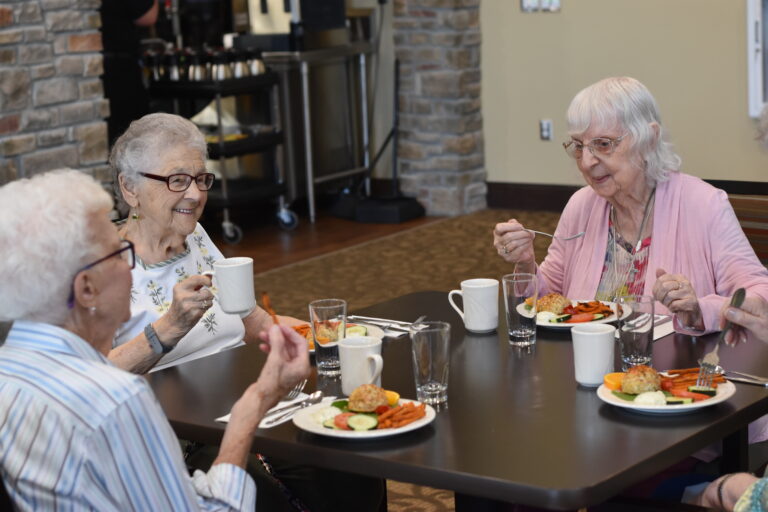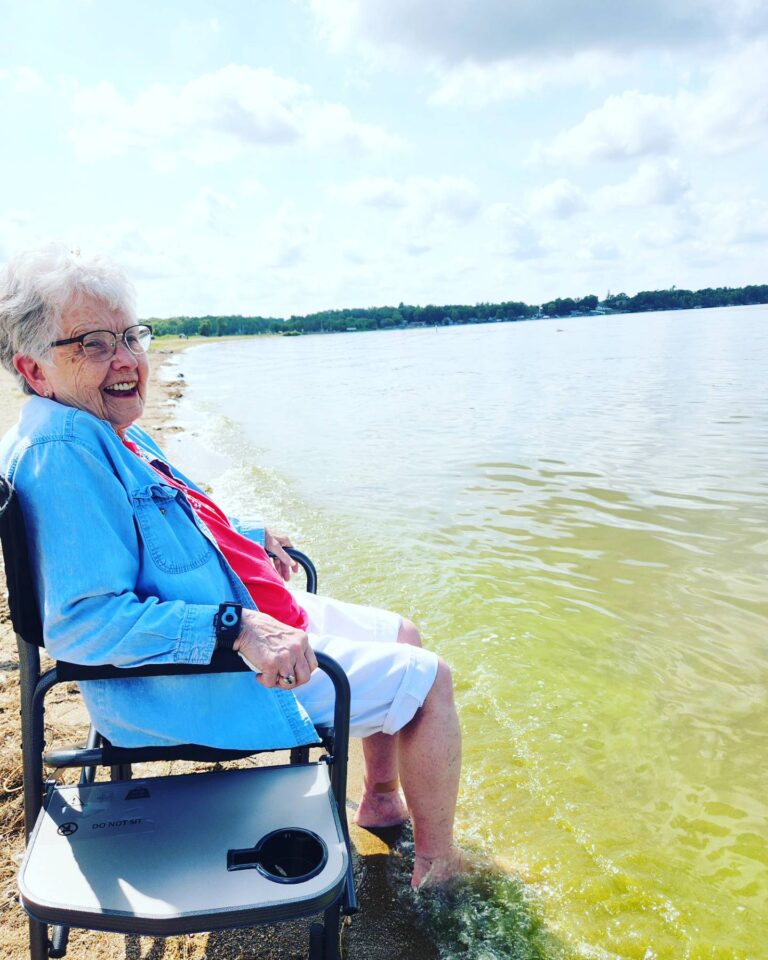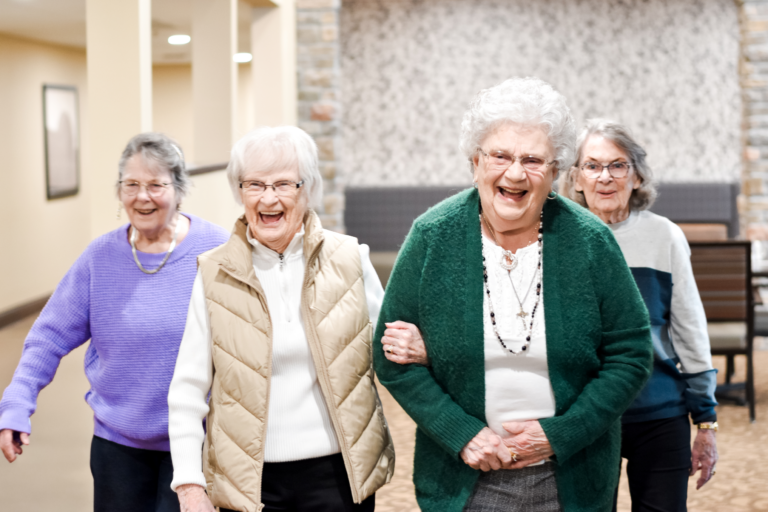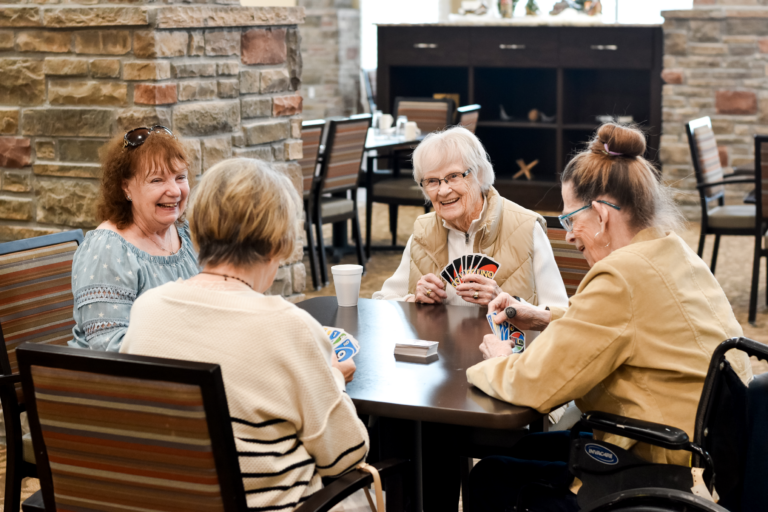
The Centers for Disease Control and Prevention recommend that adults complete at least 2.5 hours of moderately intense exercise per week. This can include physical activities ranging from walking around the block to gardening, dancing, raking leaves, cleaning your bathroom, and traditional exercise.
Seniors living in assisted living or a retirement community might find that certain fitness formats are too demanding. High-impact cardio or strength training could be counterproductive if it exacerbates joint pain or is performed with incorrect posture, which may lead to injuries. However, plenty of exercises are wonderful for older adults, and one of the best options is Pilates.
This format was originally created and developed by Joseph Pilates as a way to help dancers condition their bodies and strengthen their cores. Today, Pilates works in much of the same manner. It incorporates slow, controlled movements that stretch and tone muscles, help improve posture, and strengthen the core – all of which are imperative for seniors who need to better their balance and stability. Additionally, Pilates helps to elongate and re-align the spine, which helps with posture and limits muscle imbalance.
Pilates is suitable for all fitness levels because each exercise can be modified for beginners and progressed to more advanced stages for seasoned Pilates participants. This format is also great for those who can’t or prefer not to stand for long periods because most of the class is seated or lying down.
Benefits of Pilates
Body Awareness: Pilates will help you become more aware of how your body moves, which helps your body use the correct muscles for each exercise. It also helps to ensure that your limbs and spine are in correct alignment, so it’s helpful to use plenty of control with each motion by moving slowly through each motion.
Breathing: Pilates uses breathing patterns to help control each exercise, allowing you to make sure you’re taking slow, deep inhales and exhales. This also helps to create a calming effect to alleviate stress, which is always beneficial.
Stronger Core: Many exercises target both the inner and outer abdominal muscles. This creates a stronger support system for the body.
Joint Function: Pilates promotes increased flexibility and range of motion, which puts less pressure on joints and makes for smoother movements. Controlling the movement assists with this and lets you focus on how you move, which can correct muscle imbalances.
Pilates Exercises to Try:
Toe Drops:
- Lie on your back with your legs bent at 90 degrees
- Keeping your back pressed into the floor, should drop your right toes to the floor, then return
- Repeat on the left side
- Continue this six times on each side
Lying Ppposite Arm-Leg Reach:
- Lie on your stomach with your hands and feet extended
- Keep your abs muscles tight, then lift your right arm and left leg into the air
- Hold for five seconds, lower back down, and switch to the left arm and right leg
- Repeat six times on each side
Roll Up:
- Lie on the floor with your hands and feet extended
- Squeeze your core muscles and lift your upper body off the floor
- Bring your hands forward and fold forward toward your feet
- With control, start to roll your back down to the floor
- Lie back down and repeat six times
Side-Lying Leg Lift:
- Lie on your side with one leg on top of the other
- Place your top hand on the floor for balance and squeeze your abdominal muscles
- Lift your top leg to hip height, then lower
- Repeat this move eight times on each side




